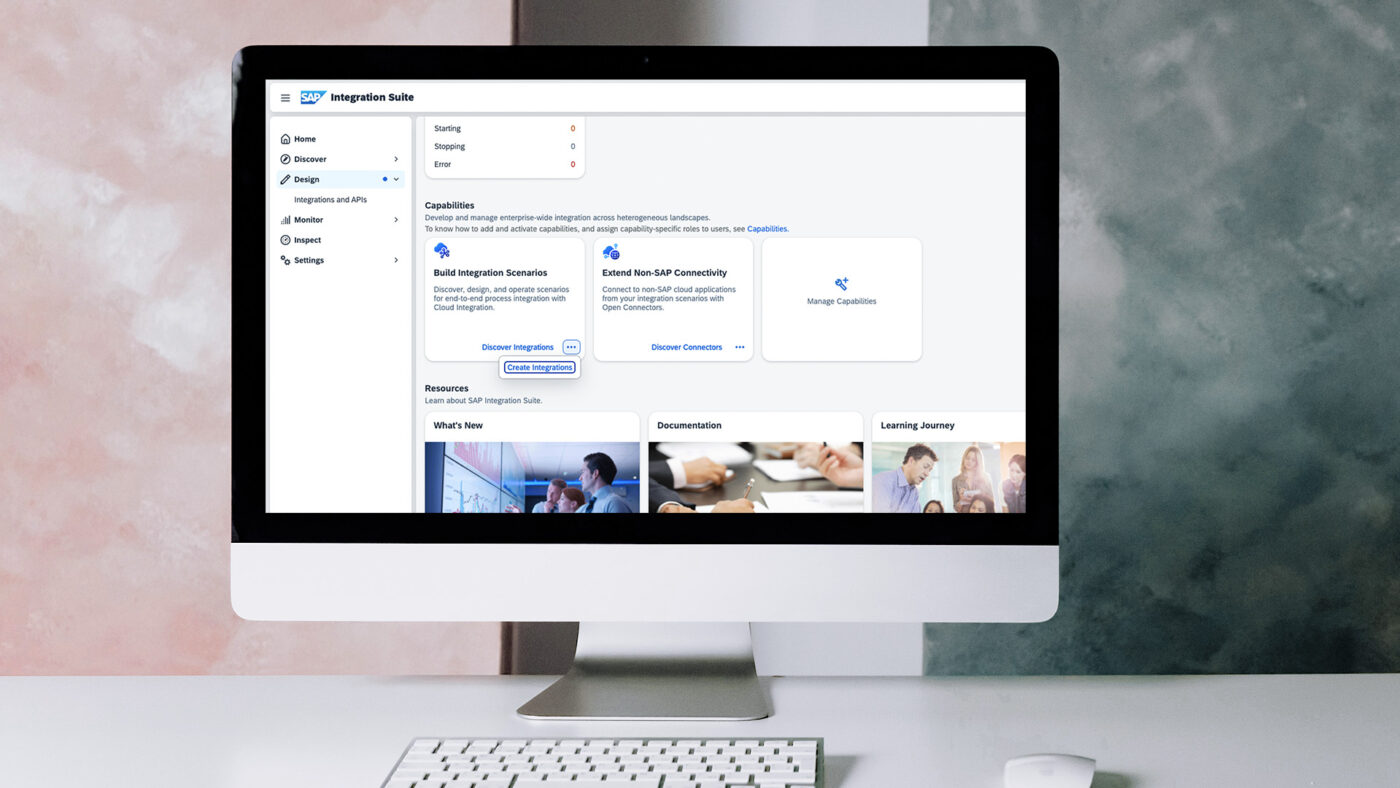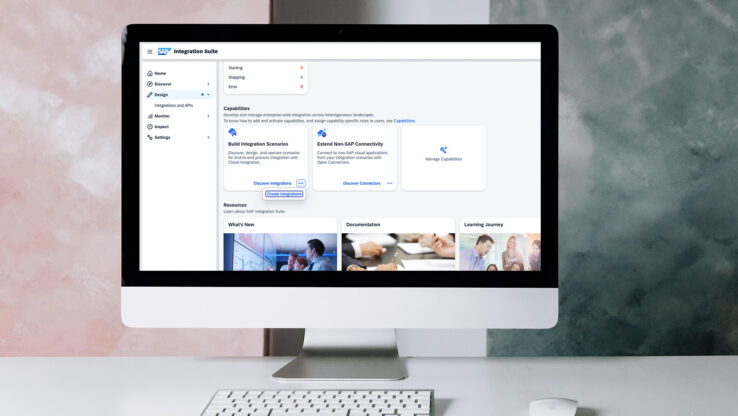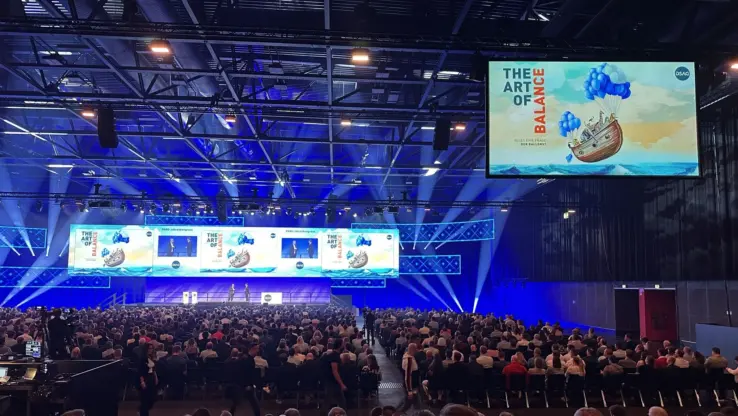
From PI/PO to SAP Integration Suite: How AGRAVIS successfully migrates more than 100 interfaces
When one door closes, another one opens – that’s exactly what SAP customers are experiencing right now with the end of maintenance for SAP Process Integration (PI) and SAP Process Orchestration (PO), a critical component of many companies’ IT landscapes. With the standard maintenance for the on-premise PI/PO platform ending in 2027, action is required now. PI/PO customers who don’t want to pay extra for extended maintenance need to initiate their migration. But many companies are left wondering how to approach it correctly.
The good news: With SAP Integration Suite on SAP BTP, there’s already a new middleware solution offering enhanced functionality and improved integration capabilities. Now companies just need to get started. Our customer, AGRAVIS Raiffeisen (AGRAVIS), took the plunge and set a goal to migrate all relevant interfaces to SAP Integration Suite by the end of 2025 and to shut down PI/PO.
Knowledge Share and Integration Starter
To approach the “Integration Suite” project successfully and efficiently, AGRAVIS brought sovanta on board as a specialized BTP partner – especially important since this was AGRAVIS’ very first project on SAP BTP. One key requirement: minimize interruptions and risks to ongoing business operations during the migration. Ultimately, AGRAVIS wants to be able to operate SAP Integration Suite – as a central component – independently.
To do that, knowledge must first be built, and the basic setup around the transport environment and destinations on SAP BTP must be established. In a Knowledge Share session, our sovanta team introduced all the relevant elements of a migration and aligned all project stakeholders. Together with the AGRAVIS team, a roadmap was created within the framework of an Integration Starter. The core of the plan consisted of several hands-on sessions and workshops designed to enable the AGRAVIS IT team to implement interfaces on their own.
More than 100 Interfaces Identified
The first step involves the initial setup of SAP Integration Suite and the services required for the migration on SAP BTP: Accounts and structures, definition of naming conventions, roles and permissions, as well as the setup of transport management for the D/P environment. In the next step, our BTP experts carry out the migration assessment of SAP Integration Suite. During this process, the current status in PI/PO is automatically analyzed. An intuitive SAP Fiori-style dashboard then displays a pie chart showing how many interfaces were found, categorized by different T-shirt sizes.
The result at AGRAVIS: More than 100 interfaces were identified – 99 of size S, 10 of size M, 3 of size L, and 1 of size XL. In the following step, the sovanta experts evaluate these interfaces and prioritize them together with the customer: Which interface should be migrated first as a test case? The decision is made to start with a lightweight integration.
Not Just Migration, But Also Transformation
The migration plan then got underway: five interfaces were prioritized and implemented together. How were they selected? A wide range of scenarios was chosen to create a blueprint for similar future interfaces. These included SAP-to-SAP interfaces, SAP-to-non-SAP interfaces, and particularly interesting and challenging scenarios. The selection also considered different types of processes, adapters, and data types. During the analysis, around 50 interfaces were identified as no longer needed. This reduced the number of interfaces that the AGRAVIS team would later handle independently.
Special Focus on Documentation
During the project, the reason for many redundant interfaces quickly became clear: documentation was
often lacking. In many cases, teams simply didn’t know what an interface did and preferred not to
deactivate it. With the Integration Suite, this is now set to improve. The sovanta experts placed special
emphasis on clear documentation for each migrated interface. With a complete overview, a detailed
migration plan, and clean documentation of individual interfaces, AGRAVIS is well equipped to carry out the remaining migrations independently.
The Foundation Is Set – What’s Next?
Even during the testing phase of the jointly migrated interfaces, the AGRAVIS team had already started
their next migration independently – with sovanta experts still providing support as needed. The collaboration evolved into an “Expert as a Service” setup: as planned, AGRAVIS’ IT team now manages SAP Integration Suite as a core enterprise solution, with sovanta continuing to assist when needed – reviewing interfaces and tackling future challenges together.
Would you like to know more about the project?
Please feel free to contact us. You can also download the success story here:




